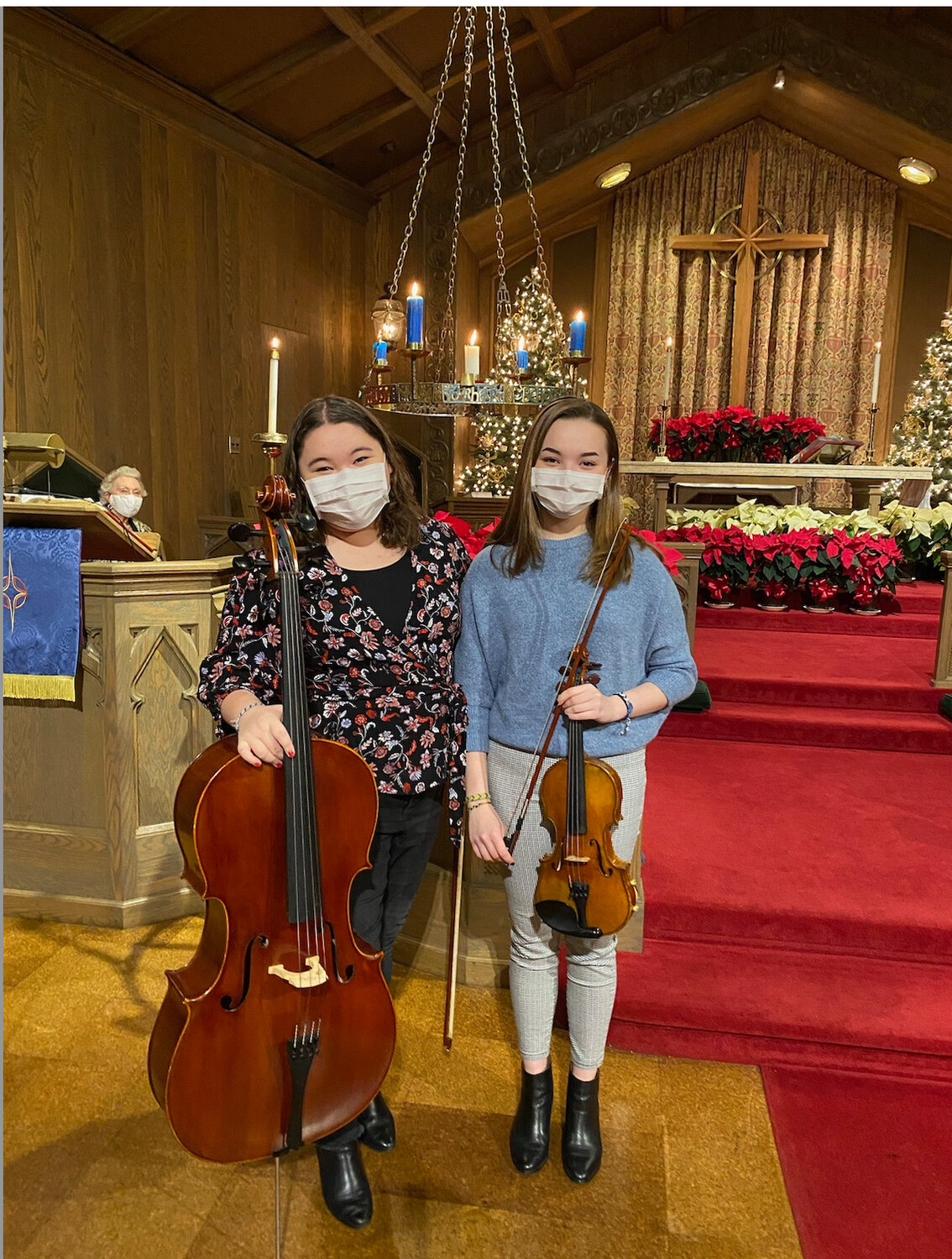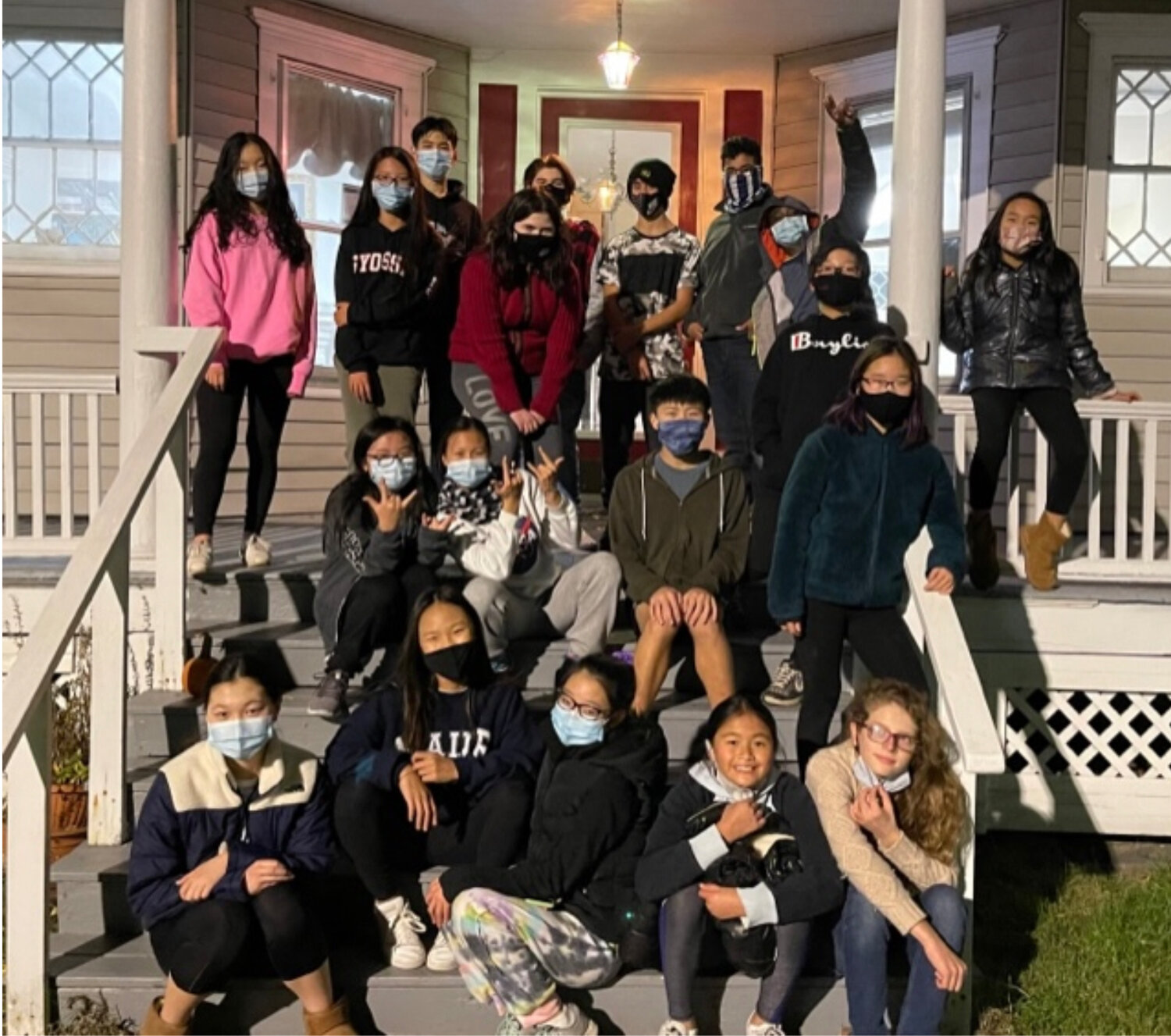Faith after coronavirus
People turn to religion for comfort and hope in times of crisis and uncertainty — and March 2020, with the onset of the coronavirus pandemic in the United States and the resulting lockdowns — certainly was among such times.
Houses of worship helped many who were desperately searching for ways to cope with the stress of isolation and uncertainty about the changing restrictions set in place by governments. According to data from the Pew Research Center in 2021, nearly three in 10 United States adults said the outbreak boosted their faith.
This past March, the center reported that more Americans say that their attendance habits have declined, but it’s a complicated picture: As of November, 20 percent said they were attending in person less often, while 7 percent say they were doing so more often. On the other hand, 15 percent say they were participating in services virtually more often, while 5 percent said they were watching services online or on TV less often.
Now that the emergency is past, houses of worship on the North Shore are reflecting on how the pandemic affected their congregations.
Congregation Tifereth Israel
“Although there was tragedy all around us, we,
as a house of worship, saw this also as an opportunity to recalibrate how people interacted with prayer,” Rabbi Irwin Huberman, from Congregation Tifereth Israel, said. “When Covid hit, we already had some experience at offering Zoom-based religious services.”
Prior to the outbreak, Huberman noted there was a distinct lack of young adults in attendance, which the congregation sought to change. Their religious attendance did increase there and in other parts of North America at the height of the pandemic, and their attendance tripled. Although the congregation’s online audience decreased as the pandemic became less severe, their overall attendance remains high.
CTI found shortening its services helped retain a higher audience while remaining spiritually rewarding.
For CTI, the “new normal” is a hybrid with some attending in person and others via Zoom. Members who are ill, far away from the synagogue, or uncomfortable with in-person services can remain connected to the CTI community.
“That’s the really positive thing about post-Covid,” Huberman said. “In spite of so many lives lost, that we’ve been able to come together following Covid with more people locally and around the world.”
North Shore Community Church
Although North Shore Community Church had a YouTube channel for those who preferred it, senior pastor John Yenchko said it didn’t have a high level of engagement.
Instead, the church decided to spend as much time as possible focusing on personal interactions through phone calls or delivering care packages to congregants’ homes. Church staff often would deliver packages of toilet paper and other household essentials while also praying — socially distanced — with families outside their homes. Yenchko said his congregation has resumed a sense of normality and has paralleled local public schools’ Covid-19 guidelines in setting its own guidelines.
Although the church grieved for the physical divide set by social distancing guidelines, Yenchko said the community grew spiritually from the experience.
“The two great commandments that Jesus taught are to love God and love your neighbor as yourself,” Yenchko said. “And actually, I feel as though through the pandemic, the core of our church, and our church as a whole, grew in loving God and in loving their neighbor.”
Our Saviour’s Lutheran Church
Our Saviour’s Lutheran Church saw a spike in attendance from 80 members to 500 members during the height of the pandemic. The Rev. Kimberly Wilson said that this drastic increase reflected new membership across the United States, and the increase of births related to the pandemic, which necessitated “more creative” baptisms. She performed one by a lake, and another in front of the family’s home.
But some challenges were difficult to navigate around, especially in cold seasons. Although her church, like many, used online resources to continue services, the inability to collectively sing hymns as a way of expressing faith and worshiping God was a “devastating loss,” she said.
Wilson remembers learning that her favorite hymn, “Now Thank We All Our God,” written during the Black Death pandemic, served as a reminder to be grateful to God for all things.
“It was written as an affirmation of life and faith in God,” Wilson said. “I think that’s where we’ve tried to stand, that in spite of sickness, in spite of suffering, in spite of isolation, there is goodness.”
Wilson said she reflected on the mental-health impact from both isolation and the sudden loss of control people had over their lives. She believes that pandemic-related trauma still affects communities of faith in multiple ways, but also believes that healing lies in caring deeply for one another and using faith as a resource to cope. She said online resources for church services became a blessing for those too ill to attend services in person.
Although church attendance is approaching pre-pandemic levels, Wilson said she and her congregation have learned to cherish every opportunity to gather in person, and to understand that God is with them in times of need.









